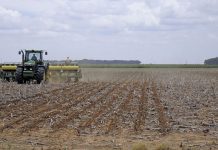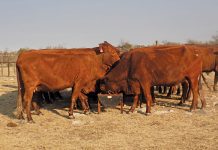The secretary general of the International Feed Industry Federation (IFIF), Roger Gilbert, said the growing demand for animal protein products, driven by population growth in the developing world, will place more pressure on the feed industry.
Figures from the UN Food and Agriculture Organisation (FAO) and predictions by the International Policy Research Institute show the global demand for meat may increase by 58% in the 25-year period between 1995 and 2020, to 313 million tons. Of this, the developing world is expected to account for over 85% of the increase.
“Generally the demand is expected to grow three times faster in the developing world than within developed countries,” he said. To feed the animals that will supply the meat for a growing world population, feed grain production will have to increase. According to the FAO, the use of grain for food is expected to increase by 45% by 2030, while cereal consumption for animal feeds will increase by 60%. He said the use of new nutrition strategies combined with improved animal genetics have reduced feed to meat ratios by 20% over the past 10 years. “As a result animals are getting larger on less feed,” he said.
Gilbert said that the rise in demand for meat is closely linked to higher incomes. shows that as incomes improve, families spend more on food. There is a move away from non-meat based diets to diets containing chicken and other low-cost animal protein products. B ased on annual growth of 2,8%, 100 million tons of meat will be needed over the next 25 years. Calculations indicate the demand for animal proteins will increase almost threefold over the next 35 to 40 years.








